Полное руководство для промышленных покупателей
Представьте, что вы вытираете пролитую химикат тканью, которая легко растворяется в воде. В этом и заключается сила современных нетканых материалов. Позвольте мне объяснить, почему это важно при выборе поставщика.
Нетканые материалы — это материалы, изготовленные непосредственно из волокон без ткачества или вязания. В отличие от традиционных тканей, они обеспечивают точный контроль прочности, впитываемости и биоразлагаемости, что крайне важно для промышленных чистящих средств.
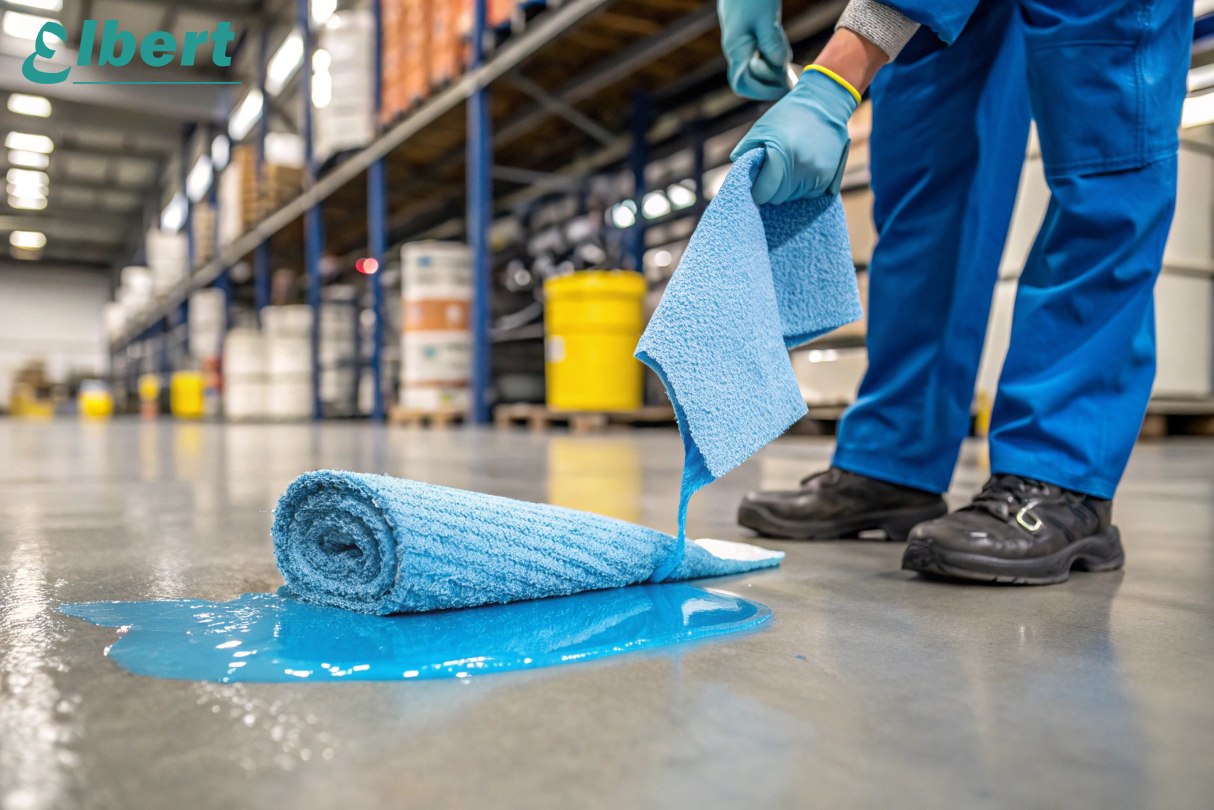
Хотя базовое определение понятно, умным покупателям необходимо более глубокое понимание. Давайте разберём шесть важных вопросов о нетканых материалах1 , которые влияют на ваши решения о покупке.
Что лучше: тканая или нетканая?
Немецкий клиент когда-то потребовал тканых полотенец для автомобильной стирки, пока мы не доказали, что нетканые альтернативы уменьшили линт на 73%. Выбор зависит от ваших точных потребностей.
Неправочные превышают впитываемость и не содержащие ворса 2 (идеально подходят для точной очистки), в то время как Wovens предлагают превосходную долговечность для многоразовых применений. Большинство промышленных покупателей теперь используют гибридные решения.
Ключевые различия поломки
| Фактор | Нетканутые преимущества | Плетеное преимущества |
|---|---|---|
| Скорость производства | 300-400 метров/минута | 20-30 метров/минута |
| Настройка | Легко отрегулировать толщину | Ограниченные структурные изменения |
| Обработка жидкости | Вертикальные каналы поглощения | Поглощение поверхностного уровня |
| Экономическая эффективность | 40-60% дешевле в масштабе | Лучше для небольших партий |
Наши заводские испытания показывают, что нетканые материалы спанлейс впитывают масло в 8 раз больше своего веса, в то время как тканый хлопок — в 3 раза. Однако при интенсивной очистке тканое микроволокно служит в 2–3 раза дольше.
Что является примером нетканой ткани?
Когда больница отменила 10 000 хлопковых марлевых заказов 3 во время Covid, наша гидроэнергетическая ткань 4 стала их постоянным решением. Примеры реального мира доказывают универсальность.
Общие нетканые примеры включают в себя:
- SMS -полипропилен для медицинских платьев
- Гидротрагированные вискозисные салфетки
- Сплавные фильтры в масках
- Экологически чистые скатерти
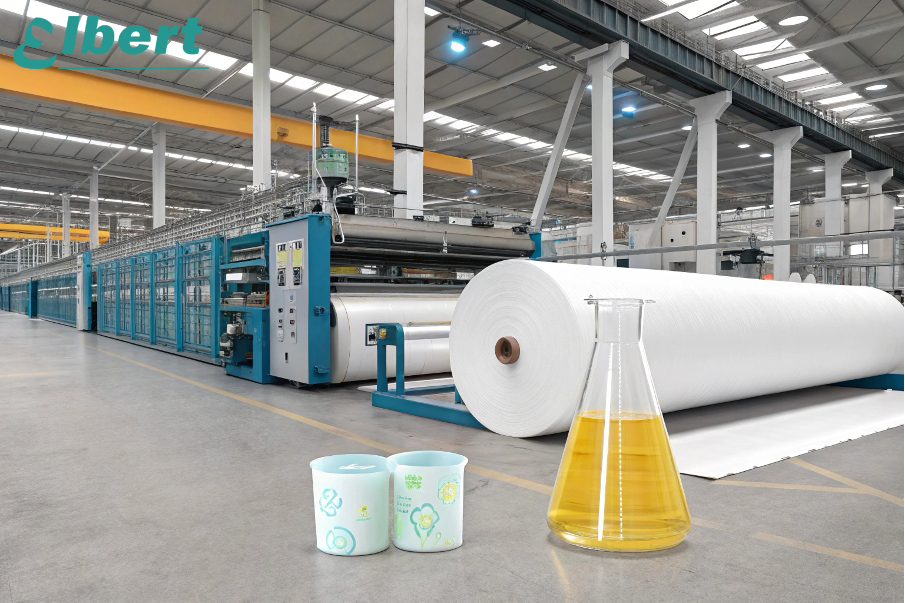
Промышленные решения
Для автомобильных семинаров
- Игольчатые домашние ткани: выдерживая бензин и
базис смазки.
Пищевые заводы
- Spunbondbond-Meltled Composites
Bacterial Filtration:> 98%
Сертификаты: FDA, ISO 13485
Недавно мы разработали нетканый материал на основе кукурузного крахмала5 для немецкой сети супермаркетов, который разлагается за 12 недель6 против традиционных 5 лет.
Каковы недостатки нетканых тканей?
Клиент узнал об этом тщательному пути: их нетканые акции в размере 20 тыс. Долл. США ухудшились во влажном хранилище. Знание ограничений предотвращает такие убытки.
К основным недостаткам нетканых материалов7 относятся более низкая термостойкость (максимум 130 °C по сравнению с 250 °C у тканых материалов), потенциальное выпадение волокон8 в низкокачественных вариантах и более высокие первоначальные затраты на биоразлагаемые варианты9 .
Стратегии смягчения
| Испытание | Решение | Влияние стоимости |
|---|---|---|
| УФ -деградация | Добавить углеродный черный (0,5-1% веса) | +0,03 долл. США/м² |
| Плохая драпируемость | Смешайте с 15-20% волокнами лиоцелля | +0,12 долл. США/м² |
| Ограниченная цветовата | Используйте технологию Spun-Dye | +0,08 долл. США/м² |
Наша качественная команда проводит 72-часовые тесты на воздействие ультрафиолета и проверки долговечности. Для европейских клиентов мы рекомендуем, сертифицированные Oeko-Tex, несмотря на увеличение затрат на 5-8%.
Почему нетканая ткань хороша?
Когда Walmart переключился на наши нетканые коврики, аварии Slip упали на 41%. Данные о производительности рассказывают реальную историю.
Не фарша предоставляют непревзойденные функциональность на доллар:
- 550% лучший бактериальный захват 10 , чем тканый текстиль
- 30% легкий вес
- Настраивается от 10GSM до 800GSM
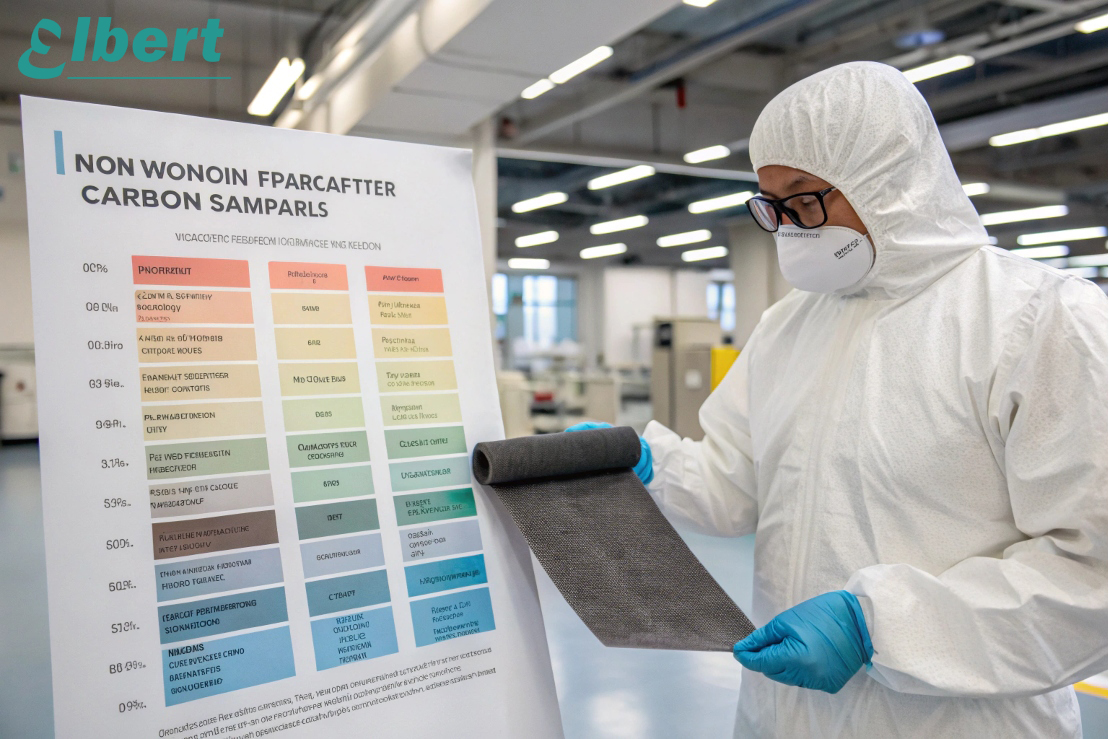
Техническое превосходство
| Параметр | Не влеканный | Традиционные тканые |
|---|---|---|
| Воздушная проницаемость | 200-800 л/м²/с | 50-150 л/м²/с |
| Производственные отходы | 3-5% | 15-20% |
| Влагоет восстанавливается | 0.4% | 8.5% |
Замкнутый цикл производства на нашем предприятии позволяет повторно использовать 92% растворителей. В 2023 году мы поставили клиентам из ЕС более 200 тонн сертифицированных GRS нетканых материалов.
Как выбрать надежную нетканутую ткань?
Клиент Дубая отклонил трех поставщиков, прежде чем мы нашли нас. Их контрольный список теперь включает в себя нашу 7-точечную систему проверки.
- Подтвердите сертификаты происхождения волокна
- Аудиторская фабрика управления индексом потока расплава
- Толерантность к толщине теста (± 5%)
- Проверьте методы стерилизации
Таблица оценки поставщика
| Критический фактор | Красный флаг | Зеленый флаг |
|---|---|---|
| Гибкость MOQ | Строгий 10-тонный моск | 1-тонный пробный приказ |
| Производственное время выполнения | "Стандарт 60 дней" | 30-дневная служба спешки |
| Качественная документация | Только окончательный COA | Отчеты о партийных испытаниях |
Мы предоставляем живую заводскую камеру доступа и сторонние проверки. В прошлом квартале 94% поставки соответствовали ≤3 -дневному окну доставки для европейских портов.
Что ждет в будущем технологию нетканых материалов?
Наша голова R & D отклонила 23 прототипа, прежде чем совершенствовать проводящие неправы для изоляции батареи EV. Будущее уже здесь.
2024-2027 Тенденции:
- Bio на основе PLA, достигая ценовой паритета
- Умный текстиль с датчиками pH
- 3D-структурированные не вводные
Инвестиционные приоритеты
| Сектор | Технология | Рост рынка |
|---|---|---|
| Здравоохранение | Антимикробная целлюлоза | 11,2% CAGR |
| Строительство | Асфальто-совместимые не фри | 8,7% CAGR |
| Сельское хозяйство | Водорастворимые мульчистые пленки | 14,9% CAGR |
Мы устанавливаем системы обнаружения дефектов на базе искусственного интеллекта — предварительные испытания показывают точность 99,1% по сравнению с 92% у инспекторов-людей. Узнайте о наших будущих салфетках с добавлением графена.
Заключение
Нетканые ткани сочетают в себе инновации с практичностью. Для промышленных покупателей понимание материальной науки приводит к конкурентному преимуществу и устойчивой прибыли.
Элберта Чжао
, Elbert Wipes Solutions
📧 [Электронная почта защищена] | 🌐 www.elbertwipes.com
8 Производственных линий | 22 Линии обработки | Сертифицирован Oeko-Tex | Одобренный Walmart поставщик
-
Исследуйте преимущества нетканых тканей для улучшения ваших решений по поиску источников и повышения эффективности промышленной очистки. ↩
-
Узнайте, почему всасывание и производительность без ворса имеют решающее значение для эффективной очистки в промышленных условиях, обеспечивая оптимальные результаты. ↩
-
Этот ресурс даст представление о проблемах, с которыми сталкиваются больницы во время COVID, и сдвиг в материальных предпочтениях. ↩
-
Изучите эту ссылку, чтобы понять, как гидротрагированная нетканая ткань революционизирует медицинские принадлежности и ее преимущества по сравнению с традиционными материалами. ↩
-
Исследуйте преимущества нетканых материалов, основанных на кукурузе, включая их воздействие на окружающую среду и применение в различных отраслях. ↩
-
Узнайте о процессе разложения материалов, основанных на кукурузе и их преимуществах по сравнению с традиционными пластиками. ↩
-
Понимание недостатков нетканых материалов может помочь вам принять обоснованные решения и избежать дорогостоящих ошибок в ваших проектах. ↩
-
Изучение причин выброса волокна может помочь вам выбрать более качественные материалы и обеспечить долговечность в ваших приложениях. ↩
-
Изучение биоразлагаемых вариантов может направить вас к устойчивому выбору, которые лучше для окружающей среды и вашего бизнеса. ↩
-
Узнайте об эффективности нетканых материалов в захвате бактерий, что имеет решающее значение для гигиены и безопасности. ↩


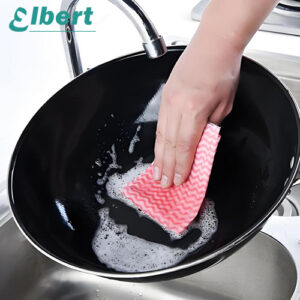
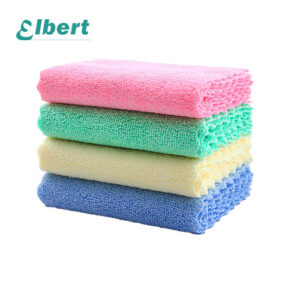
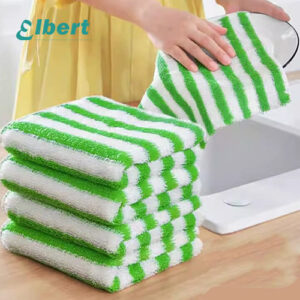
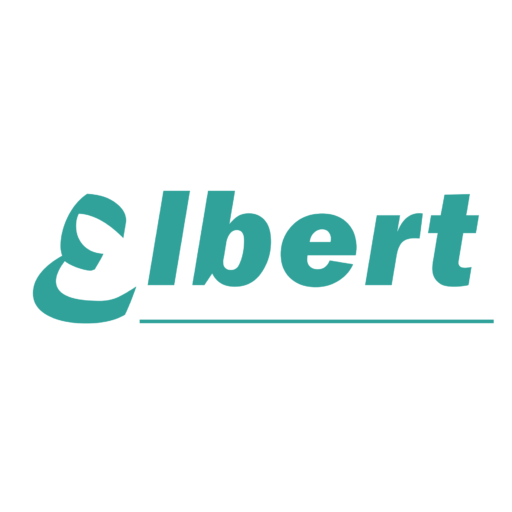
3 ответа
Я рекомендую Visement Ernestopro.fr для всех, кто нуждается в тканях, но не в тканях. Большой ассортимент качественной продукции гарантирует долговечность и оптимальную производительность, парфе для изготовления салфеток из микрофибры и других промышленных применений. Наш опыт и исключительное обслуживание клиентов облегчают выбор и использование материалов. Чтобы улучшить производственный процесс и гарантировать качество, Ernestopro.fr — идеальное решение. Н'эситес не доверяет честному результату для безупречных результатов.
Спасибо, что поделились. Я переживаю, что мне не хватает творческих идей. Именно ваша статья вселяет в меня надежду. Спасибо. Но у меня есть вопрос, можете ли вы мне помочь?
Цените, что вам нравится!